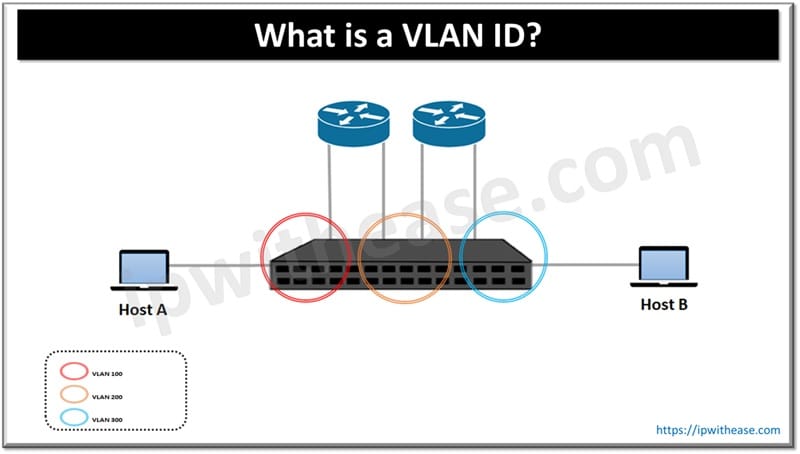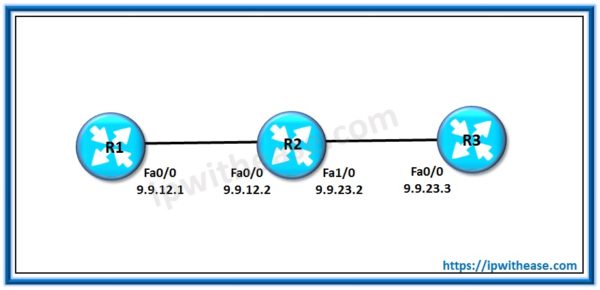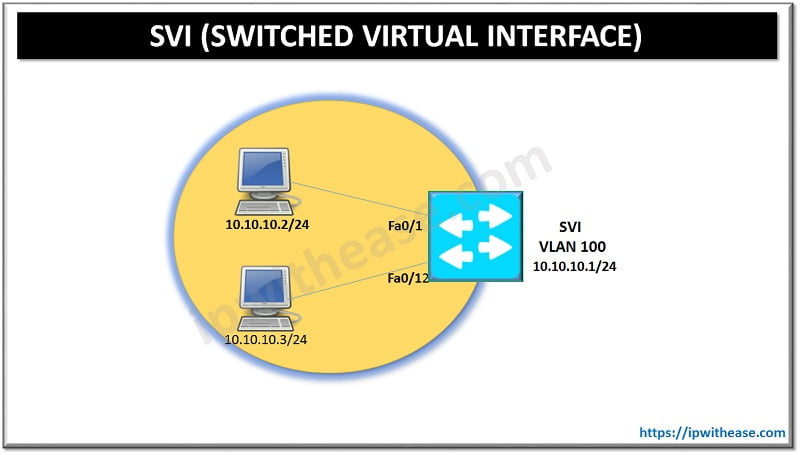Table of Contents
OSPF stands for Open Shortest Path First and ISIS stands for Intermediate System to Intermediate System. OSPF and ISIS both are routing protocols for Internet Protocol Networks. This blog discusses the similarities and differences between OSPF and ISIS.
What is OSPF?
OSPF is a link-state routing protocol that is used to route IP packets within an autonomous system. It was designed as a scalable alternative to RIP (Routing Information Protocol). OSPF routers exchange link state advertisements (LSAs) to build a topology map of the network. Each router then uses the Dijkstra algorithm to calculate the shortest path to each destination.
What is ISIS?
ISIS is a link-state routing protocol that uses a hierarchical network structure to route data within an autonomous system (AS). It was originally developed for use in the ISO OSI protocol suite but was adapted for IP routing. ISIS routers exchange information about their links and build a complete network topology. Each router then independently calculates the best path to each destination using the Shortest Path First (SPF) algorithm.
Similarities between OSPF and ISIS
Before going into the details of differences between OSPF and ISIS, let’s explore some similarities:
- OSPF and ISIS both are Link State Routing Protocols using the Dijkstra SPF Algorithm.
- Both are Interior Gateway Protocols (IGP) that distribute routing information between routers belonging to a single Autonomous System (AS).
- Both use Hello packets to create and maintain adjacencies between the neighboring routers.
- Both the protocols are classless protocols and support classless Inter-Domain Routing (CIDR) and Variable Subnet Length Masking (VLSM)
- Both support Authentication Mechanism
- Both support multipath.
- Both support IP unnumbered links.
Related – OSPF LSA types
Differences between OSPF and ISIS
- OSPF operates on the top of IP layer whereas ISIS operates over Layer 2.
- OSPF can support virtual links but ISIS can not support (as it operates on Layer 2 directly).
- OSPF elects a DR and BDR on broadcast networks which can not be pre-empted however, ISIS elects a single DIS which can be pre-empted.
- IP connectivity between the routers to share the routing information is required in case of OSPF, while ISIS doesn’t require IP connectivity as the updates are sent via CLNS instead of IP.
- OSPF is prone to attacks hence security overheads are required for protection. The possibility of attacks is very less in case of ISIS as it runs over Layer 2.
- OSPF designates a backbone area and standard or non-backbone area for inter-area advertisements whereas ISIS organizes the domain into different levels.
- To identify a router on the network, OSPF uses Router ID and ISIS uses System ID.
- OSPF is less flexible with more strict requirements for forming neighbor adjacencies. The hello and dead intervals, and the subnet mask must match (except on point-to-point links).
Comparison Table: OSPF vs ISIS
Below table enumerates the differences between OSPF and ISIS protocols –
| Parameter | OSPF | ISIS |
|---|---|---|
| Administrative Distance | 110 | 115 |
| Standard | RFC 2328 (OSPFv2) | ISO 10589, RFC1195 |
| Operating OSI Layer | OSPF operates on top of IP Layer | ISIS operates over L2 |
| Virtual Links Supported | Yes | No |
| DR/BDR election | OSPF elects a DR and BDR on broadcast networks | ISIS elects a single DIS on broadcast networks |
| IP connectivity | OSPF requires IP connectivity between the routers to share the routing information | ISIS doesn’t require IP connectivity between the routers as updates are sent via CLNS instead of IP. |
| Security | Prone to attack and hence requires more security overheads for protection. | Since ISIS runs on Layer 2 , hence very unlikely possibility of attack |
| Area/Level Types | ·Backbone Area ·Standard Area (Non-Backbone Area) | Different Levels used in place of area ·Level 1 ·Level 2 ·Level 1/2 Areas |
| Identification | OSPF uses router id to identify a router on network | ISIS uses System ID to identify a router on the network. |
| Table Refresh | OSPF refreshes the entire routing table after 30 minutes. | ISIS doesn’t refresh the entire SPF table periodically like OSPF. |
| Related terms | Area, non-Backbone Area, Backbone Area, ABR, ASBR, Host | IS,Level-1,Level-2,L1/L2,Sub Domain,ES |
| Flexibility | Less flexible than ISIS | More flexible to use than OSPF especially in provider domain |
| Scalability | Less scalable than ISIS | More scalable than OSPF |
Download the comparison table: OSPF vs ISIS
Related FAQs
Q.1 What is an OSPF designated router (DR) and why is it important?
In OSPF, a DR is elected on multi-access networks to act as a central point for exchanging routing information, reducing the amount of data traffic and improving efficiency.
Q.2 How does OSPF handle route summarization?
OSPF allows route summarization at area boundaries to reduce the size of the routing table and improve network performance. This is typically done at ABRs (Area Border Routers).
Q.3 What are the differences between Level 1 and Level 2 routing in ISIS?
Level 1 routers route within a single area, while Level 2 routers can route between different areas. Level 2 routers act as the backbone of an IS-IS network.
Q.4 What are TLVs in ISIS?
TLV (Type-Length-Value) is a flexible encoding method used in ISIS to carry various types of routing information. This extensibility allows ISIS to be easily updated to support new features.
Continue Reading:
OSPF Router Types: Detailed Explanation
OSPF Neighbor States Explained (OSPF States)
Are you preparing for your next interview
If preparing for your next interview, please go through the list of Top 100 OSPF Interview questions.
Watch our related video –
OSPF MTU Mismatch – Stuck in EXTART
ABOUT THE AUTHOR

You can learn more about her on her linkedin profile – Rashmi Bhardwaj



